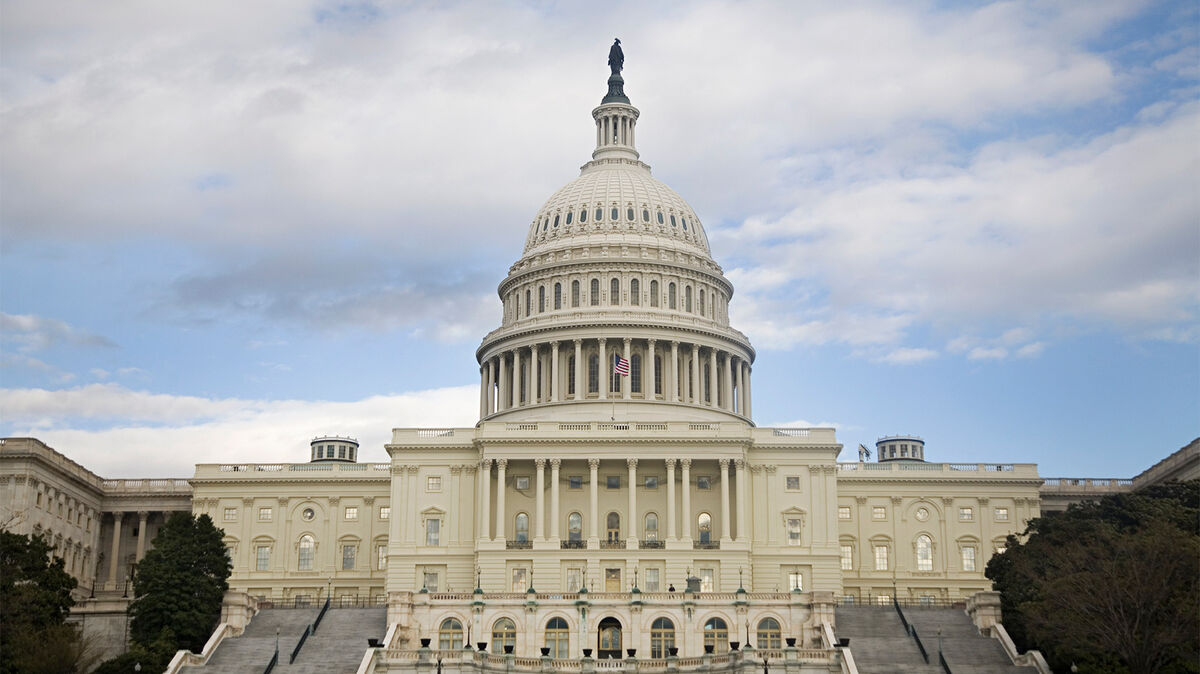
Although the word federalism does not actually appear in the United States Constitution, the document very clearly establishes that America operates as a federalist government. Learn more about what federalism is and review examples of federalism in the Constitution.
What Is Federalism?
Federalism is a system of government in which power is shared by a national (federal) government and other, smaller governmental units that are part of the national government. In American federalism, certain powers and responsibilities lie with the federal government, while others are handled at the state or local government level.
A federalist government is defined by the sharing of power. The federal government has different responsibilities than state governments have. Neither federal nor state government is allowed to overreach the limits of its authority.
- In the United States of America, there are certain matters that the federal government cannot dictate to the states. For example, the federal government cannot dictate state or local sales tax rates or income tax. That's why sales tax rates vary and why some states have state income tax and some do not.
- Where the federal government has jurisdiction, state and local governments must defer to the federal government. For example, the federal government has the authority to establish a minimum wage for the entire country. No state can set its minimum wage lower than the federal rate.
- States and local governments can, however, enact laws or regulations that are more stringent than federal requirements. That's why some states have higher minimum wages than what is required under federal law. For example, as of April 2021, the federal minimum wage is $7.25 per hour. In Arizona, it is $12.15.
Examples of Federalism in the United States Constitution
There are several examples of federalism in the Constitution of the United States of America. Because the U.S. government system includes separation of powers, absolute power isn't granted to the national government as a single entity, but rather to individual branches of the federal government.
- express congressional power - Article I, Section 2 delineates one of the express powers of the legislative branch of government. It grants Congress the power to levy and collect nationwide taxes for the purpose of funding or paying debts associated with the defense and general welfare of the country.
- presidential veto power - Article I, Section 7 provides the president, representing the legislative branch of government, with the ability to veto legislation that has been passed by Congress. A regular veto can be overridden by Congress. A pocket veto cannot.
- Commerce Clause - Article I, Section 8 provides the federal government authority for commerce between the U.S. and foreign nations, as well as among multiple states (interstate commerce). Federal law prevails in transactions that cross state lines, while state law applies to commerce within a state (intrastate commerce).
- limit on federal powers - Article I, Section 9 places specific limitations on the power of the federal government. For example, the federal government is prohibited from granting titles of nobility or keeping people in jail who have not legitimately been charged with a crime.
- Supremacy Clause - Article VI, Clause 2 of the U.S. Constitution is known as its Supremacy Clause. It species that federal law and the Constitution itself "shall be the supreme Law of the Land." It disallows states from interfering with the federal Constitutional powers and any functions that are exclusively under federal purview.
- states rights - The 10th Amendment to the Constitution specifies that any powers not delegated to the federal government by the Constitution or prohibited by it are to be left to the states to handle. States can have their own constitutions and laws, as long as they aren't interfering with federal powers or duties.
The examples above illustrate the constitutional basis for federalism. This is important because the Constitution provides the basis for knowing what the federal government is responsible for and what the states are responsible for. With regards to state responsibilities, states can decide what will be handled on a statewide basis and what will be delegated to municipalities or other local entities.
Federalism Beyond the United States
Federalism is a defining characteristic of the United States government, but this type of government is not limited to America. For example, Canada has a federalist government. There is a national Canadian government, as well as ten provincial governments throughout the country. There are many examples of federalism around the world.
Expand Your Knowledge of Government
Now that you understand what federalism is, take the time to learn more about government. Start by learning about the different types of democracy. Then, explore some examples of countries with democracy as their form of government. Next, if you want to learn even more, get a sense of different types of government around the world.